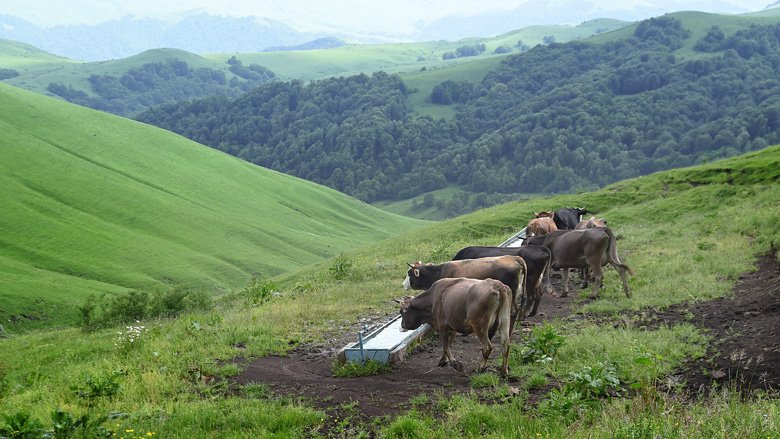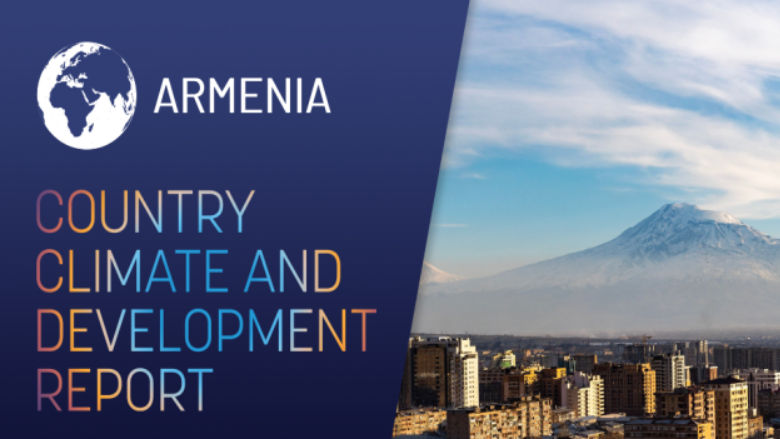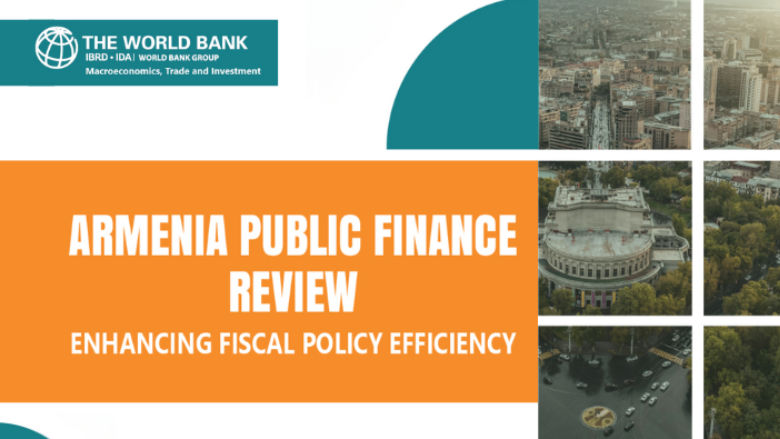Country Context
ARMENIA | 2024 |
Population, million | 3.0 |
GDP, current US$ billion | 25.8 |
GDP per capita, current US$ | 8,500.6 |
| Life Expectancy at Birth, years (2022) | 73.4 |
Armenia has experienced significant socio-political and economic shocks in recent years, including the 2018 Velvet Revolution, the 2020 twin shocks of the COVID-19 pandemic and military conflict with Azerbaijan in 2020, and the refugee crisis at the end of 2023. That sudden influx of refugees has placed new demands on the state, requiring the expansion of housing, jobs, social services, and psychological support. Despite this pressure, the economy has shown notable resilience, supported by prudent macroeconomic management, namely inflation targeting, fiscal responsibility, and sound financial sector oversight.
In a milestone achievement, Armenia became an International Development Association (IDA) donor in March 2023—just nine years after graduating from IDA support and four years after achieving upper-middle-income country status. Today, Armenia is navigating a transformative phase of peacebuilding, internal reforms, and foreign policy realignment. With ongoing security concerns, it is working to normalize regional relations and improve connectivity. In March 2025, the Armenian parliament approved initiating the EU accession process.
Operating in a turbulent geo-political context, the country struggles with low domestic private investment, weak attraction of foreign direct investment, low productivity of human capital, connectivity constraints both within Armenia and with other countries, and little diversity in its export base and destinations. To address these issues, the government is pursuing ambitious reforms, particularly in education, healthcare, justice, tax and customs, and social protection.
Last Updated: Apr 24, 2025








